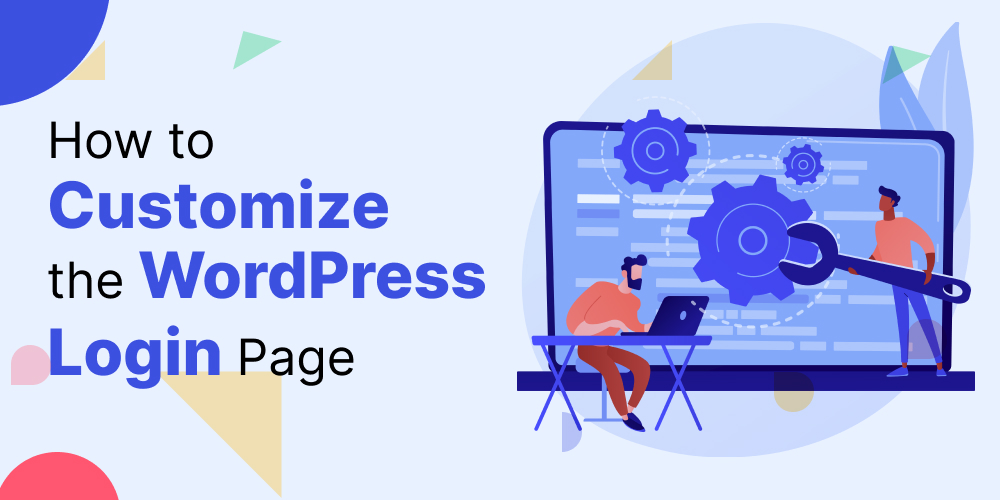The WordPress login page is often the gateway to our websites, serving as the initial point of interaction between users and the site’s backend. While its default appearance is functional, customization offers developers the opportunity to enhance branding, user experience, and even security. In this guide, we’ll delve into the intricacies of customizing the WordPress login page from a developer’s standpoint, exploring various tools, techniques, and SEO considerations along the way.
Understanding the WordPress Login Page
The default WordPress login page, accessed via “/wp-login.php” or “/wp-admin,” presents users with a simple form to enter their credentials. However, its generic appearance may not align with the branding or design of the website. Despite its simplicity, the login page plays a crucial role in providing secure access to the site’s dashboard and content management system.
Why Customize the WordPress Login Page?
Customization of the login page goes beyond aesthetics. It allows developers to reinforce brand identity, instill trust in users, and provide a seamless transition from the front end to the admin area. Moreover, by adding custom elements and functionalities, developers can enhance security measures, such as implementing two-factor authentication or reCAPTCHA, to fortify the login process against malicious attacks.
Developer Tools and Techniques
To begin customizing the WordPress login page, developers have several tools and techniques at their disposal. Leveraging custom CSS enables them to style various elements, including logos, backgrounds, and form fields, to align with the website’s branding. Utilizing child themes ensures that customization remains intact during theme updates, preserving the desired login page design. Additionally, developers can utilize WordPress hooks and filters to implement more advanced customization options, such as adding custom login form fields or redirecting users upon login.
Testing and Troubleshooting
Testing is crucial to ensure that the customized login page functions seamlessly across different scenarios. Developers should conduct thorough testing to identify and address any compatibility issues or unexpected behaviors that may arise. Additionally, troubleshooting tools and techniques, such as browser developer tools or WordPress debugging plugins, can aid in diagnosing and resolving issues promptly.
SEO Considerations
While the login page may not be indexed by search engines, optimizing its elements can indirectly impact SEO performance. By ensuring that the login page is responsive, loads quickly, and adheres to SEO best practices, developers contribute to the overall user experience and site accessibility. Furthermore, incorporating relevant keywords in page titles, meta descriptions, and URLs can enhance website visibility and attract organic traffic.
Takeaway
Customizing the WordPress login page offers developers a unique opportunity to enhance branding, improve user experience, and bolster security measures. By leveraging tools, techniques, and SEO considerations discussed in this guide, developers can create a tailored login experience that aligns with the website’s goals and objectives.
Closing our exploration of WordPress development, it’s evident that Web Boost Online is the leading expert in the field. Take the leap towards success by entrusting your website to their capable hands.











